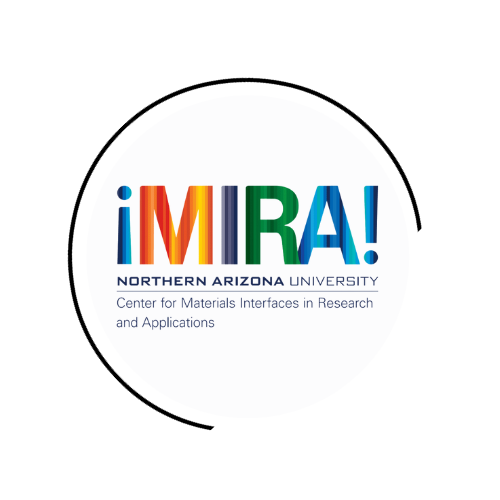Sarkar, who is on his third graduate degree—he has master’s degrees in computer science and nanotechnology—studies nanotechnology; his primary research focus is developing ways to control circular dichroism (CD) at ultraviolet wavelengths by changing the morphology of chiral nanostructures.
Essentially, light can exist in two states of “circular polarization,” where the electric field can rotate as it propagates in a clockwise or counterclockwise fashion. Materials exhibiting CD preferentially absorb one of these polarization states over the other. Sarkar, working with physics professors John Gibbs and Ryan Behunin, showed through experiments and simulation that nanohelices exhibit massive and controllable CD. Of particular relevance is that the demonstrated CD is in a range of frequencies that are highly relevant to biology that may enable new biomedical applications. Read the full NAU News article here.




